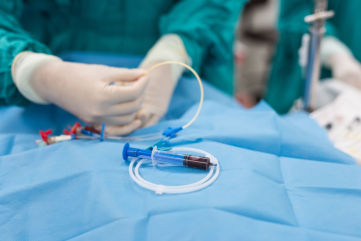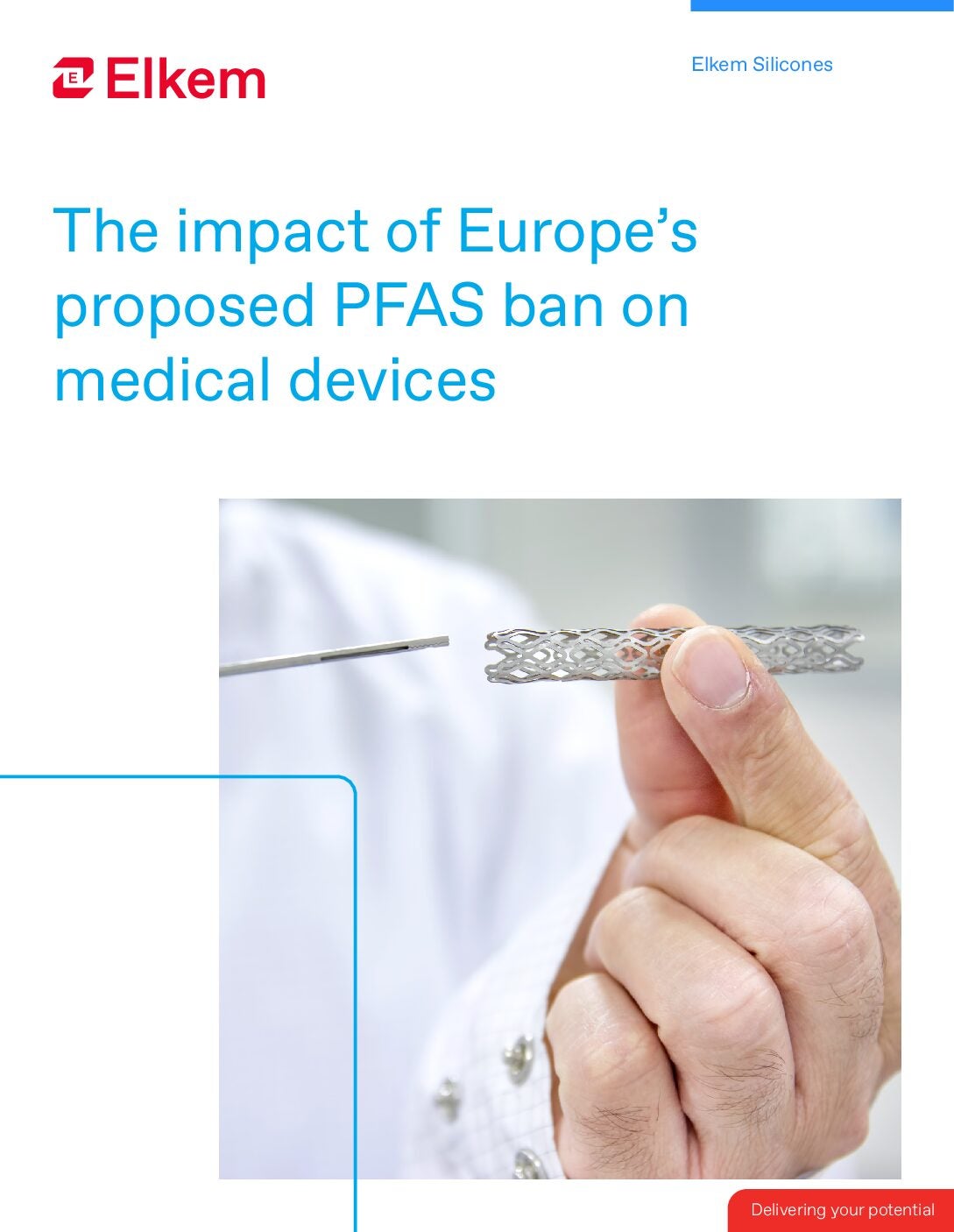
On 13 January 2022, five EU member states submitted an official proposal to ban an entire chemicals class containing some 10,000 substances to the European Chemicals Agency (ECHA). As ECHA reviews the restriction proposal, which it published on 7 February 2023, what might follow would be the most extensive chemical ban in European history.
The chemical class in question is pre- and polyfluoroalkyl substances (PFAS), used heavily by multiple industries for many decades. Should the ban enter into force, it would prohibit the manufacture, use, or placing on the EU market of PFAS chemicals on their own or within another substance. In this short read, we explain what PFAS are and why they are being banned, how this will impact the medical device industry, and what happens next.
What are PFAS?
Per- and polyfluoroalkyl substances are a group of synthetic chemicals with multiple fluorine atoms attached to an alkyl chain. PFAS are used to make fluoropolymer coatings that resist heat, water, oil and stains. They have a very low coefficient of friction and are also known for their extreme durability. These properties have made them popular in the textiles, food packaging, medical device, non-stick cookware, and electricals industries to name just a few examples.
Why is there a proposed ban on PFAS?
Five EU member states – Germany, the Netherlands, Denmark, Norway and Sweden – are seeking to introduce a Europe-wide ban on all chemicals in the PFAS group. This is because of serious fears about the perseverance and mobility of PFAS, combined with potential health concerns. Mobility refers to a chemical’s ability to travel from the original point of contamination (e.g. a waste site) and contaminate soil and water sources far from the original emission point, while perseverance refers to how long these chemicals remain in the environment before eventually breaking down. Unfortunately, PFAS are defined as very persistent, bioaccumulative substances, leading to the nickname ‘forever chemicals’. They are also highly mobile, particularly in aquatic ecosystems.
There is a lack of robust research when it comes to the potential health effects on humans and animals. Current findings suggest PFAS may be linked with increased prostate, testicular, and kidney cancer risks, plus endocrine disruption, increased cholesterol levels, immune system effects and reproductive effects in humans. Studies have also suggested a range of harmful effects in animals.
How and why does the medical device industry use PFAS?
Medical device manufacturers make use of fluoropolymer coatings across a range of product groups, from implanted devices to catheters and contact lenses. For the medical field, key advantages of fluoropolymers include bio-inertness, flexibility, and ability to withstand aggressive sterilisation processes. The chemical’s low coefficient of friction and release properties also makes them a great coating for products like catheters and guidewires, enabling the devices to glide through vasculature without sticking to tissue. This reduces pain for the patient and improves navigation.
What happens next?
On 22 March 2023, ECHA commenced a six-month open consultation with industry stakeholders. The comments received during this consultation are now being reviewed by ECHA’s committees for Risk Assessment and Socio-Economic Analysis, and an opinion is expected in early 2024. A final decision will then be shared by the European Commission in 2025.
If the proposal is accepted, there will be an 18-month transition period, meaning the ban could become effective as early as 2026/2027. However, five and 12-year derogations could be granted for specific fields where there is significant evidence to prove viable alternatives do not exist.
In the meantime, medical device manufacturers need to start considering PFAS alternatives for their products as early as possible.
To learn more about how this significant evolution in European regulation will impact the industry, download the whitepaper below.



